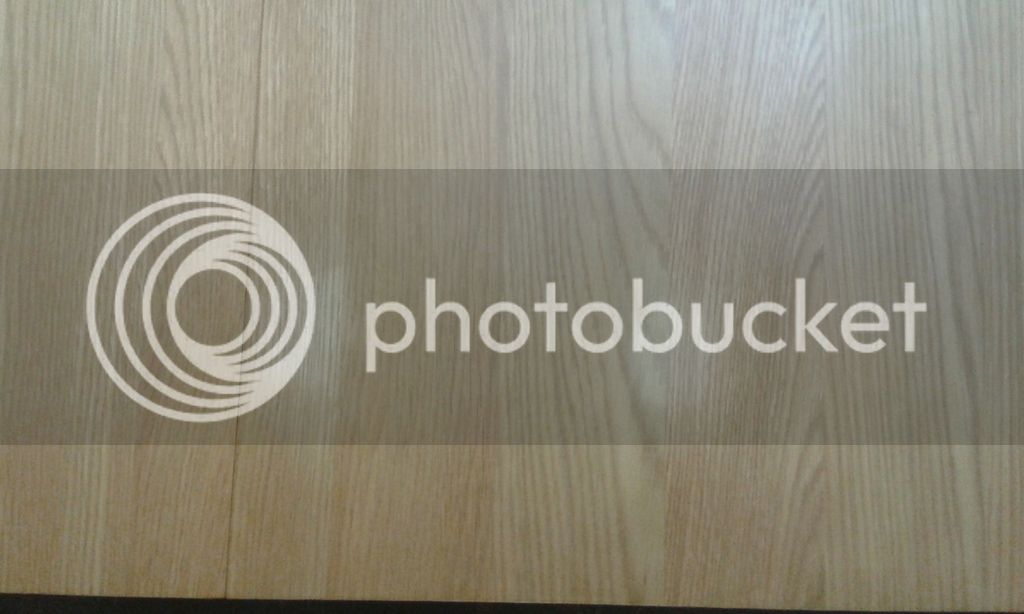You are using an out of date browser. It may not display this or other websites correctly.
You should upgrade or use an alternative browser.
You should upgrade or use an alternative browser.
repairing lacquer finish.
- Thread starter _lotusbleu
- Start date

Help Support UKworkshop.co.uk:
This site may earn a commission from merchant affiliate
links, including eBay, Amazon, and others.
Do you know what the solvent spilled was? It wouldn't be nail polish remover would it?
If so you could try spraying them lightly with cellulose thinners and then letting it evaporate, with a bit of luck when the existing lacquer rehardens the white marks will have gone. This can be repeated if necessary if the first go improved things but didn't get it all.
If so you could try spraying them lightly with cellulose thinners and then letting it evaporate, with a bit of luck when the existing lacquer rehardens the white marks will have gone. This can be repeated if necessary if the first go improved things but didn't get it all.
custard
Established Member
And without that "bit of luck" it'll go all wrinkly and scabby, or you'll remove the two milky patches but be left with two matt patches that won't be remedied with a dab of Polyvine.
#-o
Another wizard wheeze you'll find on the internet is using a hot iron and a towel, good plan...until you start lifting the veneer.
Konig have some half decent solutions for lacquer repairs without a spray shop, they're not cheap but if you email them they may give you some advice that they'll stand behind. Unlike the advice you'll get on-line, when internet advice goes Pete Tong you're on your own!
#-o
Another wizard wheeze you'll find on the internet is using a hot iron and a towel, good plan...until you start lifting the veneer.
Konig have some half decent solutions for lacquer repairs without a spray shop, they're not cheap but if you email them they may give you some advice that they'll stand behind. Unlike the advice you'll get on-line, when internet advice goes Pete Tong you're on your own!
:|
Solvent treatment is an established method for fixing certain defects in solvent-borne finishes, i.e. shellac and lacquer, as I'm sure custard knows. And this is a recommended course of action (one of a number) in at least three finishing books for pale marks caused by water.
Google finish reamalgamation for more.
Solvent treatment is an established method for fixing certain defects in solvent-borne finishes, i.e. shellac and lacquer, as I'm sure custard knows. And this is a recommended course of action (one of a number) in at least three finishing books for pale marks caused by water.
Google finish reamalgamation for more.
AJB Temple
Finely figured
I have failed to get this right more times than I would want to count One of my hobbies (early money maker) for 30 odd years has been making and repairing acoustic and electric guitars. Wide range of finishes. Unless you know what the original finish was you are left with tests in inconspicuous areas. You can waste a lot of time patching up compared with a refinish (not on something valuable).
custard
Established Member
ED65":hb9gvp64 said:Solvent treatment is an established method for fixing certain defects in solvent-borne finishes, i.e. shellac and lacquer, as I'm sure custard knows. And this is a recommended course of action (one of a number) in at least three finishing books for pale marks caused by water.
I've done plenty of "pullovers", on both shellac and lacquer, which is how I know real life isn't like a Bob Flexner book!
Similar threads
- Replies
- 19
- Views
- 1K




